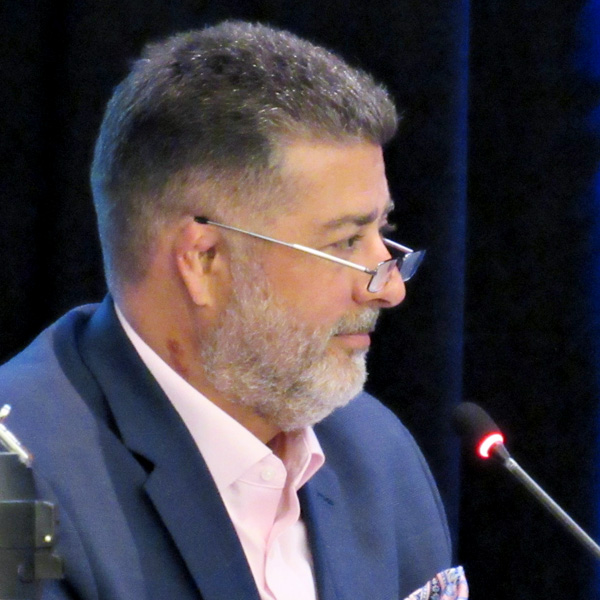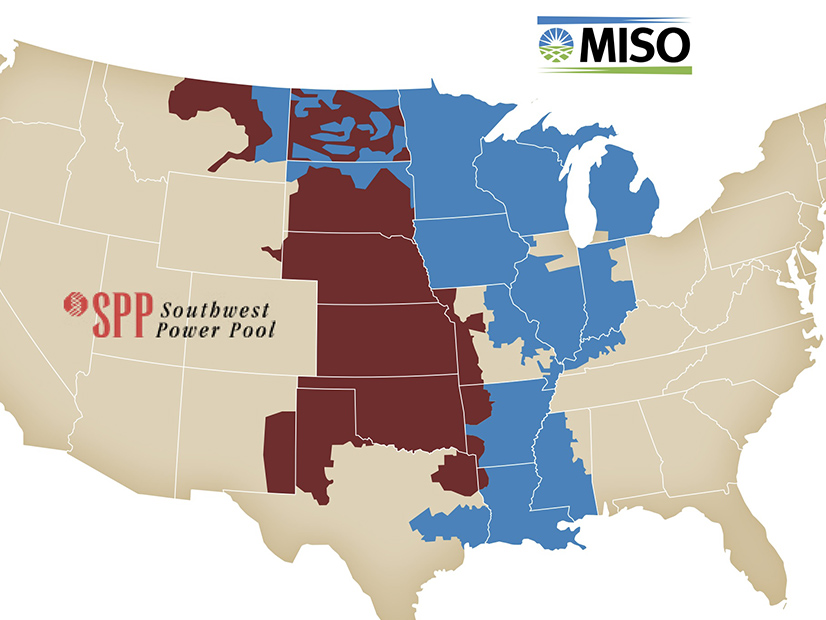FERC on Thursday accepted CAISO’s Order 2222 compliance filing but told the ISO to submit an update addressing concerns about its model for aggregated distributed energy resources, rules for participation of DERs that are customers of small utilities and other matters.
Order 2222, issued in September 2020, is meant to clear the way for distributed energy resource aggregations (DERAs) to participate in organized wholesale markets. Many DERs, such as rooftop solar arrays, are too small to participate in wholesale markets by themselves and must be grouped together by aggregators.
CAISO’s compliance filing was one of the first two FERC ruled on under Order 2222 (ER21-2455). The commission also conditionally accepted NYISO’s compliance plan Thursday. (See related story, FERC Partially Accepts NYISO Order 2222 Compliance.)
In its filing, originally submitted in July 2021, CAISO said that in 2016 it was the first ISO or RTO to establish a model for DERAs and that it had allowed DERs to participate in its market more than a decade before that.
“Because the CAISO was the first RTO/ISO to establish a DERA model, the CAISO already complies with the vast majority of the mandates in Order No. 2222,” it said. “This filing generally describes the CAISO’s current tariff revisions, and the few incremental changes the CAISO proposes to implement to align its tariff with the final rule.”
FERC was not completely satisfied that CAISO’s existing tariff with small changes met Order 2222’s requirements.
Last October, it asked CAISO for additional details about its compliance plans, including its market participation model for DERAs. (See FERC Asks Details from CAISO, NYISO on Order 2222 Compliance.)
Even after CAISO responded to the request in November 2021, FERC continued to have questions, which it detailed in Thursday’s order while telling CAISO to revise its filing.
DER Participation Model
In Order 2222, FERC required each RTO/ISO to establish DERAs as a type of market participant and to allow them to register under a participation model that accommodated their physical and operational characteristics.
“The commission explained that each RTO/ISO can comply with the requirement … by modifying its existing participation models to facilitate the participation of distributed energy resource aggregations, by establishing one or more new participation models for distributed energy resource aggregations, or by adopting a combination of those two approaches,” FERC wrote.
The commission said it would evaluate each RTO/ISO proposal to determine if it met Order 2222’s goals of allowing distributed energy resources to “provide all services that they are technically capable of providing through aggregation.”
CAISO said in its compliance filing that it already complies with Order 2222 by allowing DERAs to participate in its market.
In a protest, CPower Energy Management said that “for reasons neither explained nor apparent, CAISO proposes to prohibit aggregations consisting of only demand response resources,” FERC said.
“CPower contends that this decision creates an artificial barrier that is inappropriate and begs the question of why aggregators may only participate in the distributed energy resource aggregation model if the aggregation includes one or more resources with injection capability,” FERC said.
In a separate protest, Advanced Energy Economy and the Sustainable FERC Project raised additional concerns with CAISO’s DERA participation model.
FERC found that CAISO had complied with the requirement to establish DERAs as a type of market participant but found “that CAISO only partially complies with the requirement to allow distributed energy resource aggregators to register distributed energy resource aggregations under one or more participation models in CAISO’s Tariff that accommodate the physical and operational characteristics of the distributed energy resource aggregation.”
FERC also found that CAISO’s proposal to not allow aggregators of “only demand response resources (i.e., homogeneous demand response aggregators) to participate as distributed energy resource aggregators does not comply with Order No. 2222.”
It ordered CAISO to revise its DERA model to allow a homogeneous aggregation of what CAISO called “distributed curtailment resources” to participate or to show that its existing demand response models comply with Order 2222.
Small Utility Opt-in
FERC also had concerns about CAISO’s treatment of Order 2222’s “small utility opt-in” provisions.
The order requires each RTO/ISO to accept bids from a DERA if it includes resources that are customers of utilities that distributed more than 4 million MWh in the previous fiscal year. But it prohibits RTOs/ISOs from accepting bids from an aggregator if it includes resources that are customers of small utilities that distribute less than 4 million MWh per year — unless the relevant electric retail regulatory authority (RERRA) permits such customers to be bid into RTO/ISO markets by an aggregator.
The commission said CAISO’s proposal essentially complied with the order’s requirement but “lacks necessary precision” because it “deviates without explanation” from the order’s specific wording of the requirement and exception. It told CAISO to revise its proposed tariff language and resubmit it.
“We also find that CAISO’s proposal partially complies with the requirement to explain how it will implement the small utility opt-in … [but] we find that CAISO does not clearly explain the process by which a distributed energy resource provider must notify CAISO of a change in the RERRA’s opt-in determination — specifically, when a RERRA that previously authorized the participation of a resource that is a customer of a small utility decides to bar such participation,” FERC said.
FERC also found that CAISO’s proposal inappropriately allows a local regulatory authority to prevent participation in the CAISO markets by a DER aggregator “that aggregates in utilities that distributed over 4 million MWh in the previous fiscal year.”
“Specifically, CAISO’s proposal requires a distributed energy resource provider that aggregates in utilities that distributed over 4 million MWh in the previous fiscal year to certify to CAISO that its participation is not prohibited by the local regulatory authority,” FERC said. “Order No. 2222 did not provide a mechanism for RERRAs to provide for such a limitation on participation. Rather, the commission specifically declined to provide an opt-out that enables RERRAs to prohibit all distributed energy resources from participating in the RTO/ISO markets through” DER aggregations.
Other Issues
FERC singled out other issues in CAISO’s compliance filing involving double counting of DERAs that participate in one or more retail markets, maximum and minimum sizes for DERAs, and metering and telemetry hardware and software requirements necessary for distributed energy resource aggregations to participate in RTO/ISO markets.
FERC directed CAISO to file an additional compliance filing with 60 days to address the issues it identified.


